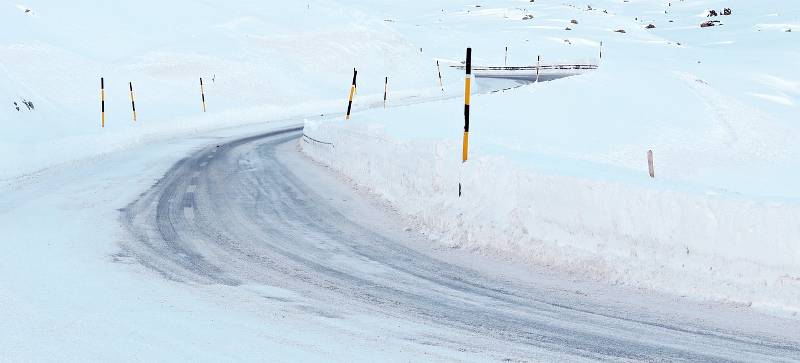As winter’s icy grip tightens, the dangers of frozen roads, airplane engines, and runways become all too apparent. While commercial deicing products offer a temporary respite from these hazards, they often prioritize short-term safety over long-term environmental well-being. Seeking a better solution, a team of researchers from Osaka Metropolitan University has developed a deicing mixture that not only outperforms current market offerings but also minimizes environmental impact.
The team, consisting of graduate student Kai Ito, Assistant Professor Arisa Fukatsu, Associate Professor Kenji Okada, and Professor Masahide Takahashi of the Graduate School of Engineering, harnessed the power of machine learning to analyze the ice melting mechanisms of aqueous solutions containing 21 salts and 16 organic solvents. Through meticulous experimentation, they discovered that a mixture of propylene glycol and aqueous sodium formate solution exhibited the most impressive ice penetration capacity.
Efficiency Meets Environmental Responsibility
The effectiveness of this novel mixture is a game-changer, as it requires less substance to achieve the desired deicing effect, thereby reducing its environmental footprint. Moreover, the mixture is non-corrosive, preventing damage to surfaces such as airport runways. Dr. Fukatsu enthusiastically stated, “We are proposing an effective and environmentally friendly deicer that combines the advantages of salts and organic solvents.”
The research, published in Scientific Reports on June 7, 2024, not only introduces a groundbreaking deicing solution but also sheds light on the intricacies of the ice melting process. These findings pave the way for a more sustainable approach to combating the perils of winter weather.
Simplifying Deicing Operations and Minimizing Environmental Impact
Professor Takahashi emphasized the far-reaching implications of this research, stating, “The development of highly efficient deicers is expected to make deicing and anti-icing operations easier. This will also lessen the environmental impact by reducing the amount of deicer used.”
As climate change continues to alter weather patterns and intensify winter storms, the demand for effective and eco-friendly deicing solutions has never been greater. The Osaka Metropolitan University team’s innovative mixture offers a promising path forward, balancing the need for safety with the imperative to protect our fragile ecosystems.
The potential applications of this groundbreaking deicer extend far beyond the realm of transportation infrastructure. From ensuring the safety of pedestrian walkways to protecting sensitive agricultural crops, the possibilities are vast. As the world grapples with the challenges posed by extreme weather events, research like this serves as a beacon of hope, illuminating the way to a more sustainable and resilient future.


